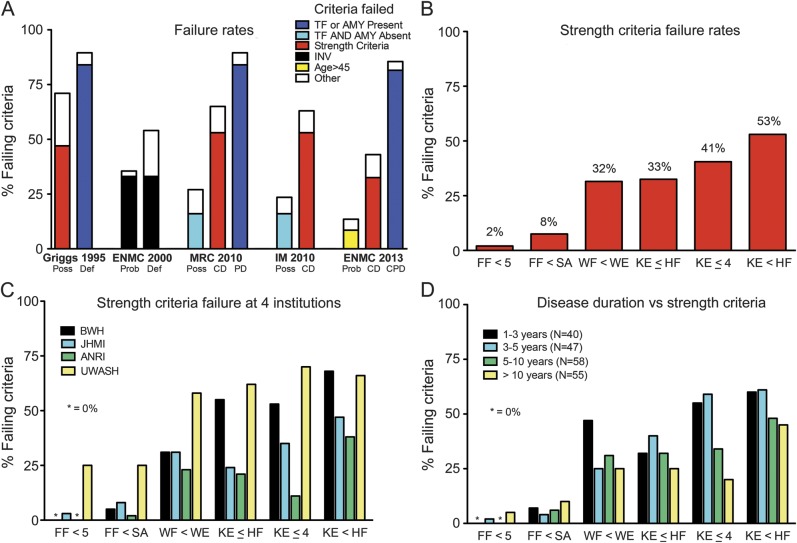Figure 2. Failure rates and reasons for IBM diagnostic criteria.
(A) Failure rates for published IBM diagnostic categories according to most common criteria failed. (B) Failure rates of strength criteria. Ambiguity results from meeting strength criteria on one side of the body but failing on the other side. (C) Consistency of strength criteria failure rates at 4 institutions. The criterion of “finger flexion weakness” (FF <5) performed best and that of “weakness of knee extension greater than hip flexion” performed worst at all of 4 different institutions. (D) Failure rates by disease duration. Disease duration has little impact on finger flexion criteria failure but a consistent impact on all knee extension–related criteria, with greater failure rates for 1–3 and 3–5 years than 5–10 and >10 years for KE ≤ HF, KE < HF, and KE ≤ 4. AMY = amyloid; ANRI = Australian Neuromuscular Research Institute; BWH = Brigham and Women's Hospital; CD = clinically defined; CPD = clinicopathologically defined; Def = definite; ENMC = European Neuromuscular Center; FF = finger flexion; HF = hip flexion; IBM = inclusion body myositis; IM = Institute of Myology; INV = invasion of non-necrotic muscle fibers; JHMI = Johns Hopkins Medical Institutions; KE = knee extension; MRC = Medical Research Council; PD = pathologically defined; Poss = possible; Prob = probable; SA = shoulder abduction; TF = tubulofilaments; UWASH = University of Washington Seattle; WE = wrist extension; WF = wrist flexion.

